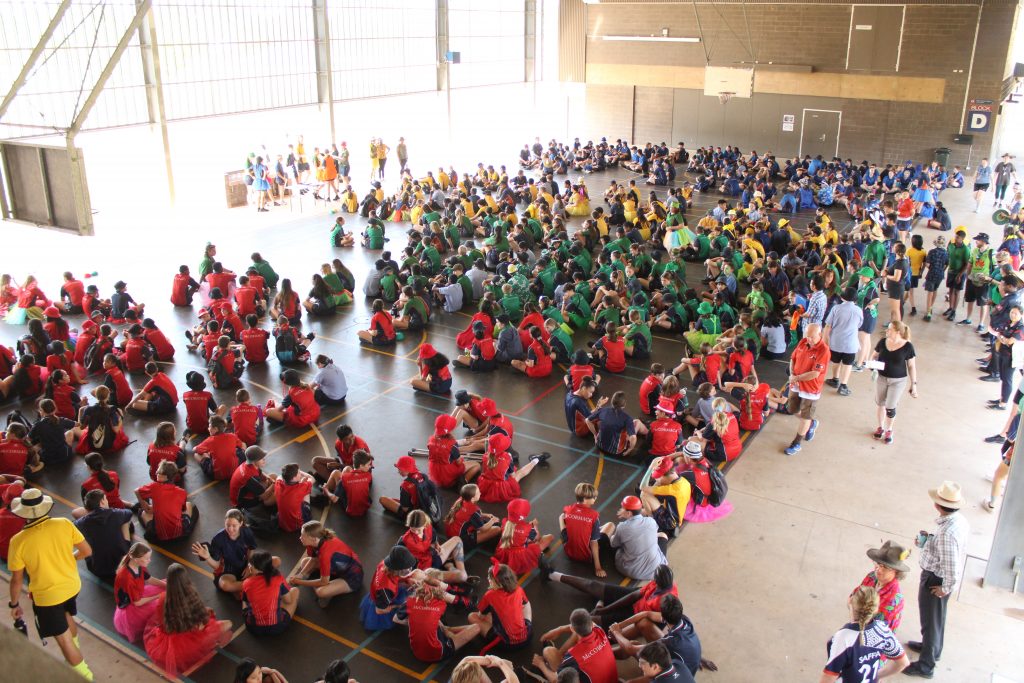MacKillop Catholic College Houses
There are four houses at MacKillop, each named after a person of significance to our College. These are McGrath (Blue), McCormack (Red), Hurley (Gold) and Confalonieri (Green).
McGrath House – Father John McGrath
 The Tiwi islands missionary who gave the first warning of the bombing of Darwin
The Tiwi islands missionary who gave the first warning of the bombing of Darwin
Father John McGrath moved from his hometown in central NSW to work with the Missionaries of the Sacred Heart on Bathurst Island. Remaining in the Tiwi Islands for several decades, he became fluent in the local language.
On 19 February 1942 Fr McGrath radioed in a warning of an incoming formation of Japanese aircraft, with the message “An unusually large air formation bearing down on us from the northwest”. Although this warning was reported to the RAAF base, it was mostly ignored by authorities, who assumed it was an expected return of American aircraft. About an hour later 235 people were dead. This was the first bombing raid on Darwin. Even amid the fear of a Japanese invasion, Fr McGrath remained on the island. By the time he was finally transferred back to NSW in 1948, Fr John McGrath had come to be known as the “Apostle to the Tiwis”. His life of dedication and service was marked with a traditional “Pukamuni” burial ceremony on Bathurst Island, that lay him to rest among the people he loved.
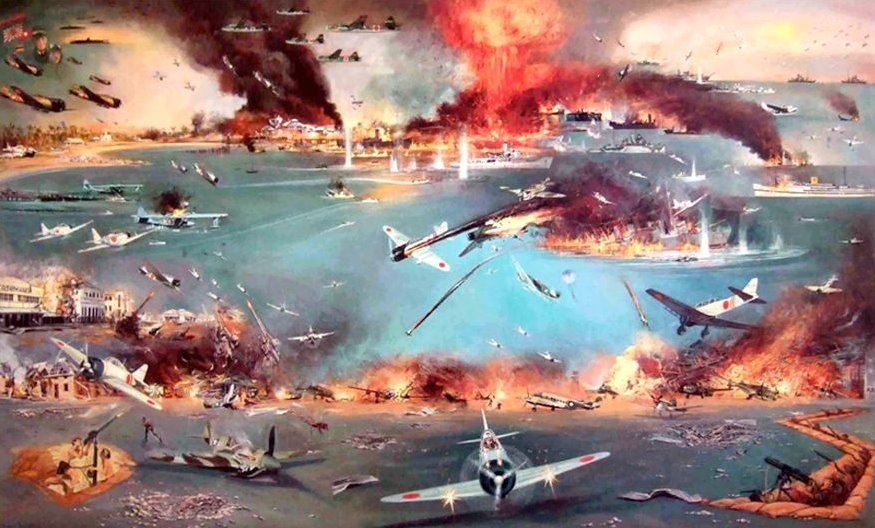
McCormack House – Sister Irene McCormack
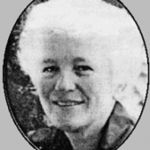 An Australian nun who was executed by communists for helping the disadvantaged in Peru
An Australian nun who was executed by communists for helping the disadvantaged in Peru
Sr Irene McCormack grew up a vibrant, determined and fun-loving child on a farm outside of Perth. From the age of fifteen she dedicated herself to serving the community and worked tirelessly as a teacher and school principal with the support of the Sisters of St Joseph (founded by Mary MacKillop). In pursuit of wider service, Sr Irene found herself in the Andes Mountains, Peru, supervising the distribution of Caritas emergency goods. On 21 May 1991, a communist terrorist group attacked her village. They forced the townspeople to watch as Sr Irene and four local men were put on trial for spreading “American food” and “American ideas” (Caritas food and school books). They were all sentenced to death. As a group of children rushed to save her, a communist soldier shot each of the five in the back of the head. Sister Irene was killed first, a true martyr.
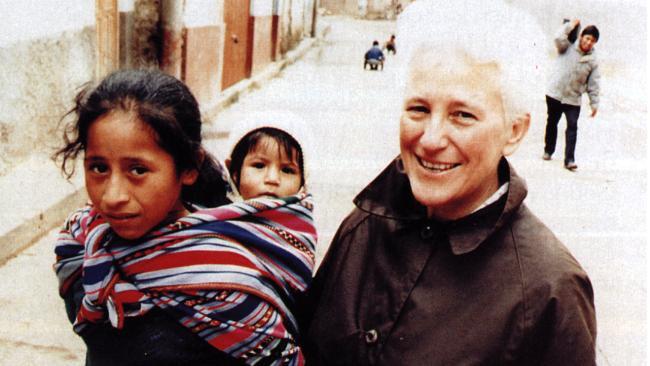
Hurley House – Bishop Emeritus Eugene Hurley
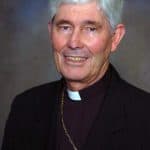 An inspirational former leader of the Church in the Northern Territory
An inspirational former leader of the Church in the Northern Territory
His Excellency Bishop Daniel Eugene Hurley DD illustrates to all of us what a deep level of commitment really looks like. He served as a Priest in the Diocese of Port Pirie for 43 consecutive years. During this time Bishop Eugene obtained degrees in Counselling and a Masters of Education. He also played A grade cricket and AFL whilst being a passionate sports supporter. Since being ordained, Bishop Hurley has been a strong advocate for the humane treatment of refugees in detention. In 2007, he was installed in Darwin. Bishop Eugene is renowned for his work in social justice advocacy, with a strong focus on Indigenous Australians. He is strong, outspoken and supportive. He has also demonstrated courage by speaking out on the contentious issues. Bishop Hurley remains a part of the MacKillop community through his patronage of the MacKillop Saints Sporting Association.
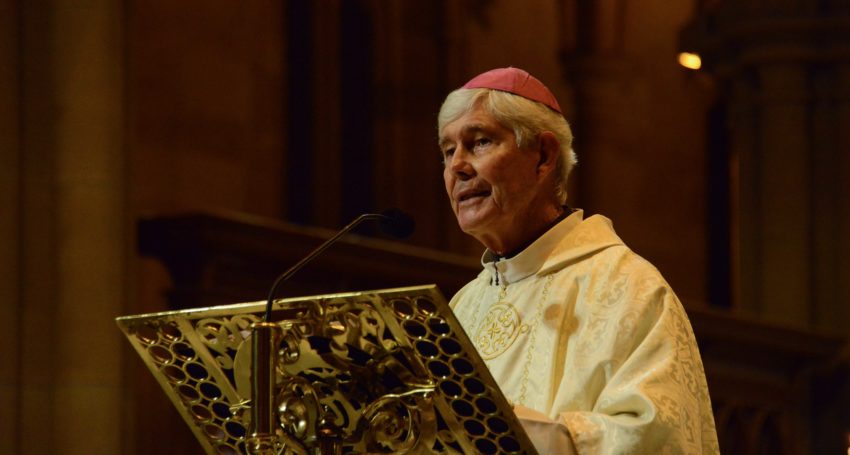
Confalonieri House – Don Angelo Confalonieri
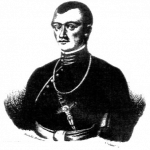 A shipwreck survivor who dedicated his later years to understanding Indigenous language and culture
A shipwreck survivor who dedicated his later years to understanding Indigenous language and culture
Don Angelo Confalonieri overcame poor health as a child in Northern Italy to become a priest and missionary. Filled with determination, he put himself through rigorous training in the mountains; undergoing extreme tests of endurance, climate and fasting. During his training in Rome, Don Angelo took a special interest in the Oceania region, studying English and French. He eventually became the first Bishop of Perth, WA.
On 24 April 1846, he and two catechists, James Fagan and Nicholas Hogan, were aboard the trading vessel Heroine which was travelling to the far north from Sydney. Although the missionaries’ ultimate destination wasn’t clear, the vessel was carrying supplies for the Port Essington military base. The Heroine capsized on a reef off the coast of Cape York, Qld. The survivors, including Don Angelo, were picked up by another ship and taken to Port Essington on the Coburg Peninsula. As Northern Australia’s first Catholic Missionary, Don Angelo spent the next two years living with the Iwaidja People, quickly learning the local language. Within two years of living he had completed two phrasebooks of the language and translated prayers into Iwaidja. He was given the name Nagoyo (father) and was possibly the first European to receive this gesture of recognition. Don Angelo quickly succumbed to malaria and died on the evening of 9 June 1848. He was 35 years old. He remains buried at Port Essington.
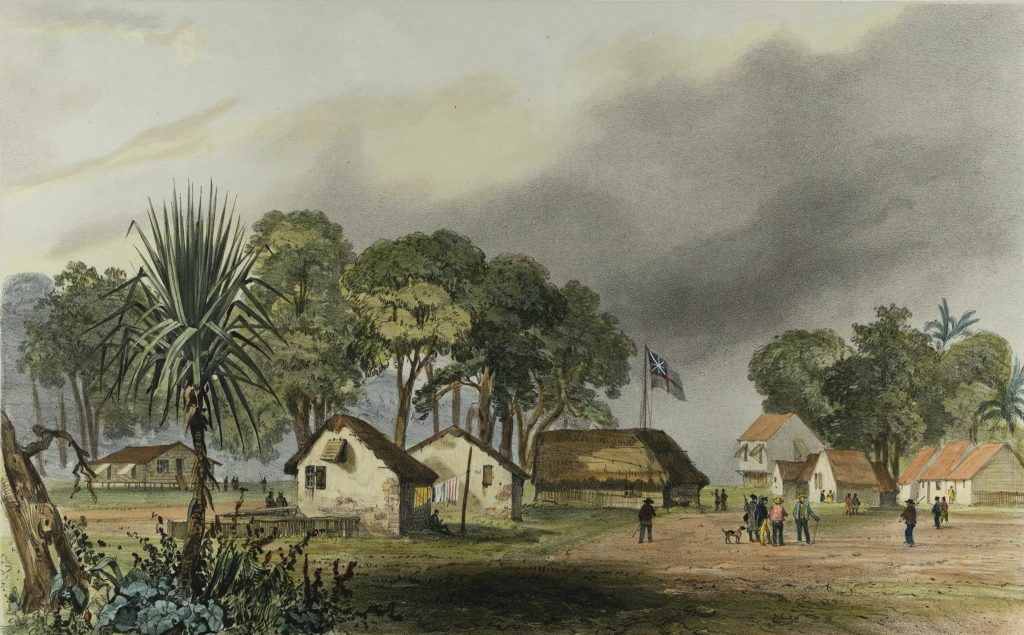
Honourable Mentions of other College Patrons
Father Gerry Remie, after whom our library is named, was another figure of significance in the history of our Parish and College. More information on him can be found on our Library page.
There is more information on our College namesake, Saint Mary MacKillop, on our Heritage page.


